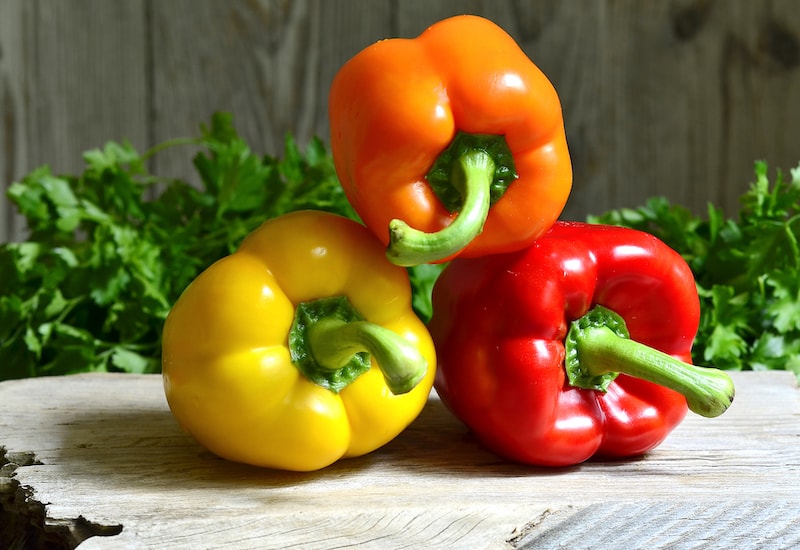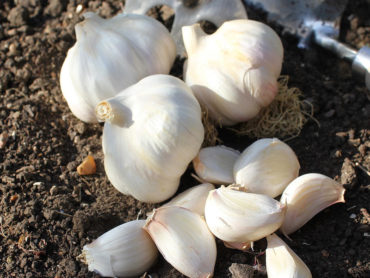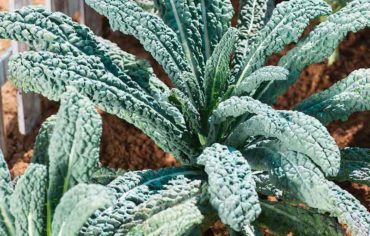Grafted vegetable plants give you the best of both worlds by blending a high-yielding and flavoursome fruiting variety with a vigorous rootstock. But beyond bumper harvests and tasty fruits, grafted vegetables offer a wealth of advantages. Here are just some of the reasons you should try growing these super-charged plants at home…
Browse our full range of grafted vegetable plants for inspiration.
The benefits of growing grafted vegetable plants
- Quick and easy: No trays of seeds germinating on your windowsills.
- Can be grown outside: Crops like cucumbers and aubergines often perform better in a greenhouse, but grafted varieties like Cucumber ‘Mini Stars’ and Aubergine ‘Scorpio’ are robust enough for a sunny patio.
- Better nutrient uptake: The strong root system of a grafted plant can improve nutrient uptake, leading to healthier and more productive plants.
- Increased yield: Grafted plants often grow more vigorously and produce more abundant harvests.
- Extended harvests: Grafted plants start producing up to two months earlier than non-grafted counterparts, and continue to fruit for a longer season.
- Space-saving: If you have a small garden or limited growing space, these high-yielding and long-cropping varieties make the most of every inch.
- Improved disease and pest resistance: The rootstock of a grafted plant is specifically chosen for its resistance to soil-borne diseases and pests. This makes grafted plants a good option for gardeners with problem soils or those who prefer to avoid chemical treatments.
- Enhanced tolerance to environmental stress: The rootstocks of grafted plants are usually very resilient making them more tolerant of drought, heat, and cold.
How to get the most from grafted veg plants: video guide
Grafted vegetable plants offer a range of benefits that make them a valuable addition to any garden. See our Grafted Vegetable Plant Growing Guides for specific care tips and find out which grafted veg plants make Rob Smith’s top five.




